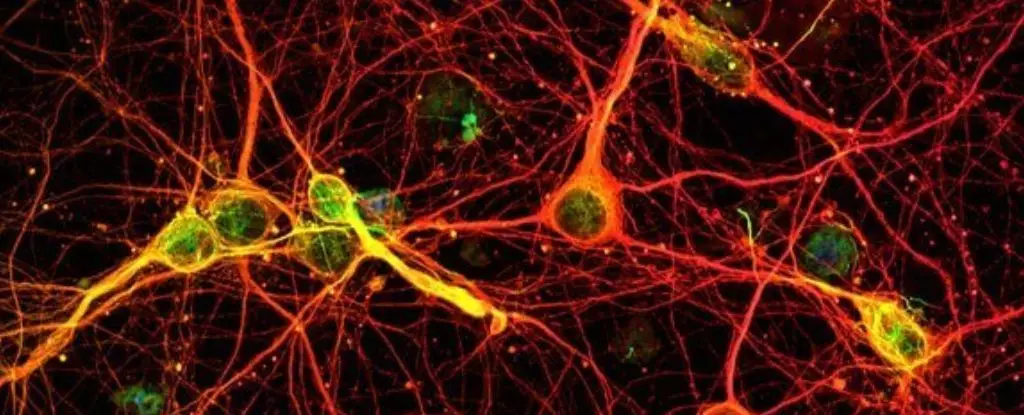For centuries, the concept of memory has been predominantly tied to the brain, placing it at the forefront of psychological and neurological studies. Yet groundbreaking research from New York University (NYU) illuminates a compelling new viewpoint: the formation of memory might extend beyond neurons and into the very fabric of all our cells. This insight raises profound questions about the nature of learning and its physiological implications, suggesting that every cell in our body possesses the potential for memory and learning.
At the core of this study led by neuroscientist Nikolay Kukushkin is the phenomenon known as the massed-spaced effect, which has been studied traditionally in the context of neural memory. This effect illustrates that breaking down learning into spaced intervals enhances long-term retention of information. Kukushkin and his team expanded this understanding to include non-neural cells, specifically kidney and nerve cells, demonstrating that they too exhibit similar memory formation capabilities when exposed to repeated chemical stimuli. This pioneering work informs us that higher-order cognitive processes may not be solitary to the brain; rather, they permeate our entire biological being.
The implications of this are vast. The practice of cramming or intensive studying has been shown to lack durability, which aligns with the study’s findings. Instead, consistent and spaced-out learning cycles appear to trigger a complex series of biochemical events, thereby strengthening the encoding of memories. The research indicates that the memory processes are mirrored not only in our neurons but also within our other cell types, suggesting a universality to memory that science is just beginning to understand.
The experiments conducted by Kukushkin and his colleagues highlight essential molecules and pathways involved in the memory formation process. By applying controlled pulses of protein kinases A and C (PKA and PKC), the researchers activated genes responsible for memory in neurons within the kidney cells. The results revealed that just a single three-minute exposure could activate these memory-related genes temporarily, while multiple pulses—conducted over days—resulted in a more sustained and robust expression. This suggests that the quantity and intervals of chemical stimuli are crucial factors in how memories are formed and retained at a cellular level.
Furthermore, the study indicates that these cellular memory responses bear striking similarities to those observed in neurons. Understanding these similarities might vastly improve our approach to treating memory and learning disorders, as the mechanisms are not restricted by neural structures but are instead a fundamental property of cellular life itself. If cells across our body can form and store memories, the implications for health, education, and therapeutic practices could be transformative.
The recognition of memory existing outside the brain opens up exciting new avenues for research, especially regarding health and disease. Understanding how memories are encoded in different cell types may shed light on a range of conditions related to learning and memory impairment. For example, if kidney cells exhibit memory-like functions, this could offer insights into how bodily functions relate to cognitive decline or learning disabilities.
Moreover, as we understand that our body mirrors cognitive processes typically attributed to the brain, it urges a reconsideration of how we care for our physical health. Kukushkin emphasizes the importance of treating our bodies “more like the brain,” which may suggest adopting holistic health practices that nurture both our physical and mental selves.
The identification of a ‘body memory’ that extends beyond the confines of the brain is a pivotal revelation that could redefine our understanding of learning and retention. With further investigation, this knowledge holds promise for novel treatments aimed at addressing both physical and cognitive ailments. Kukushkin’s research encourages us to explore memory as a systemic feature of being, urging both scientists and practitioners to delve deeper into the relationship between body and mind. As our comprehension of these cellular processes grows, so too does the potential for innovative approaches to enhancing human learning and overall well-being.


Leave a Reply